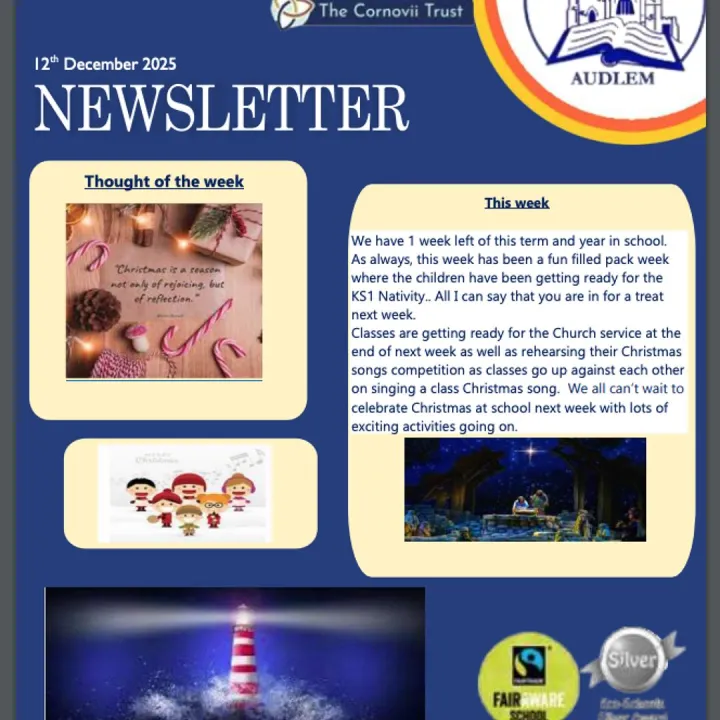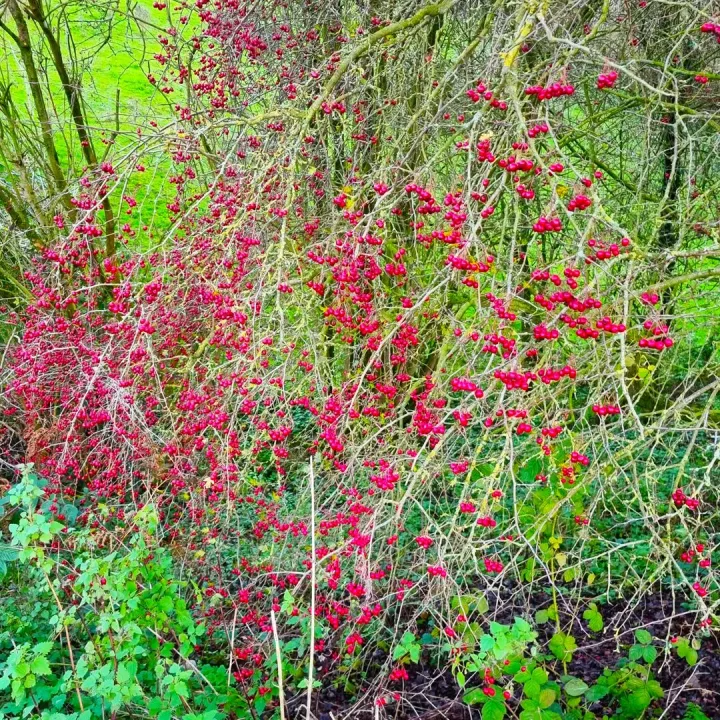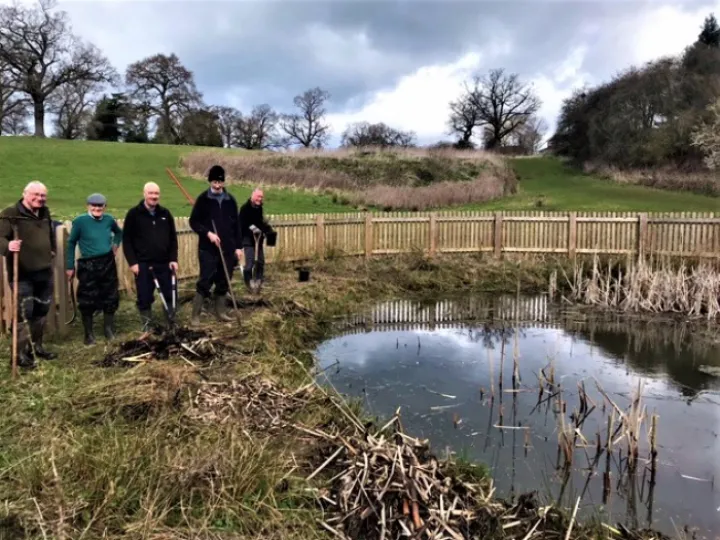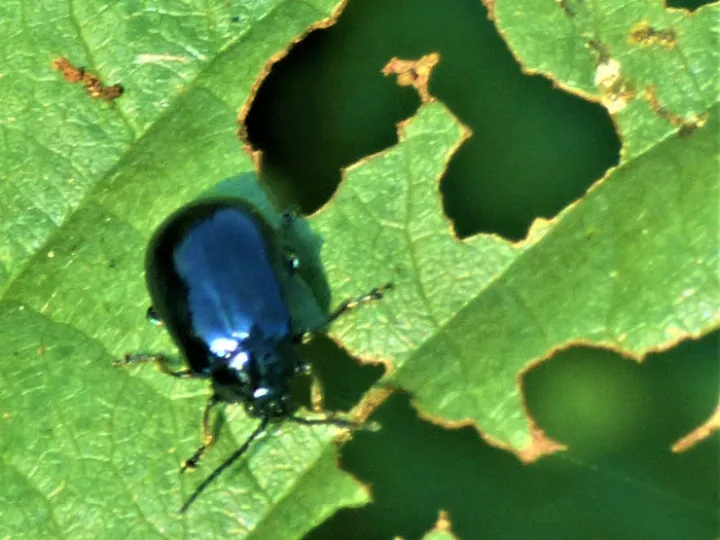







Spring is in the air by Adrian Leighton
Although it does not always feel it, the new season of growth is well under way. Last Saturday a a group from AWEG and other volunteers answered the call to do some Spring maintenance on the pond in the upper of the Turnpike Fields. The aim was to cull some of the Reed Mace (Bull Rushes) and Glyceria (Flote Grass) which over the past four years have made themselves well and truly at home. The clear space will hopefully give a more tempting environment for Great Crested Newts.
It was for these creatures and especially those displaced from new developments, that Natural England funded the digging of the ponds.
Cheshire Wildlife Trust oversee and monitor the ponds and last year found DNA evidence of GCNs in the second pond in the lower field. We are hopeful that when they test this year in April they will find evidence in the other pond. Whilst most of the pond dwellers have not yet emerged we were able to see some frog spawn, which is also present in the second pond.
Those who walk that way will be aware the the self sown Alder trees near the pond have been cut down. This was felt necessary to prevent them overshadowing the pond. Alders are very interesting trees because they are among the first to emerge in open space. They were the first to grow after the Ice Age and have a particular place in the eco-system. Alder is particularly noted for its importantsymbioticrelationship withFrankia alni, anactinomycete,filamentous, nitrogen-fixingbacterium. This bacterium is found inroot nodules, which may be as large as a human fist, with many small lobes, and light brown in colour. The bacterium absorbsnitrogenfrom the air and makes it available to the tree. Alder, in turn, provides the bacterium withsugars, which it produces throughphotosynthesis. As a result of this mutually beneficial relationship, alder improves thefertility of the soilwhere it grows, and as apioneer species, it helps provide additional nitrogen for thesuccessionalspecies to follow.
They also display an interesting relationship with the Alder beetle. These tiny shiny blue creatures will be seen clomping away at the Alder tree leaves, but after a while new growth will not be eaten because the tree initiates a defence mechanism which is communicated to new growth and even other trees. You will often find Alders near streams where the arrangement of the roots provides homes for stream and river dwellers.
Meanwhile back at the pond maintenance, the question is: Who fell in the pond?!!!
Get In Touch
AudlemOnline is powered by our active community.
Please send us your news and views using the button below:
Email: editor@audlem.org






